In 2018, Kia launched the e-Niro, the all-electric variant of its hybrid crossover. Initially, the SUV was available in one trim, the ‘First Edition’, which housed an impressively large 64 kWh battery pack.
A year later, Kia renamed it the ‘e-Niro 4’; now in 2021, the South Korean manufacturer offers three trims: the ‘2’, ‘3’ and ‘4’ and the ‘4+’. The latter model offers three-phase charging over the conventional ‘4’ trim, while the ‘2’ comes in at a lower price point due to its smaller 39kWh battery pack.
In this review, we’ll be looking at the Kia e-Niro 4, which in many ways is near-identical to its successor, the ‘4+’.
If you’d prefer to watch a review of the Kia e-Niro, visit our YouTube channel.
Kia e-Niro price & competition
The Kia e-Niro starts from £29,595 (including the Government Plug-in Grant) for the ‘2’. As standard, it comes with the following options:
- 180-mile all-electric range
- 8″ touchscreen display with DAB and radio
- Android Auto and Apple CarPlay
- 17″ alloy wheels (215/55R17)
- Reversing camera and parking sensors
- Smart Cruise Control with Stop & Go
- Smart key & button start
- Smart Cruise Control (SCC)
- 7″ instrument cluster with TFT colour display
Add £4,255 (£33,850) and you’ll get the Kia e-Niro 3, which bolsters its all-electric range up to 282 miles, upgrades the 8″ display to a 10.25″ panel, has all-black leather upholstery, an electrically adjustable seat for the driver, a wireless phone charger and heated front seats.
Throw in another £2,295 (£36,145) on top of the ‘3’ and you’ll net yourself the top-spec Kia e-Niro 4+ and similarly the ‘4’. It adds the following from the ‘3’:
- LED Headlights with Bi-Function Projection
- 8-speaker JBL sound system
- Front and rear parking sensors
- Heated steering wheel
- Ventilated seats
- Blind Spot Detection (BSD) with Rear Cross-Traffic Alert (RCTA)
- Three-phase 11kW charger (available on 4+ only)
Find the best Kia e-Niro deals
Elsewhere, it comes in six colours. Silk Silver (on review) comes as standard, while an additional £585 brings: Midnight Black, White Pearl, Yacht Blue and Interstellar Grey.
When it comes to its competitors, there’s the shorter-range MG ZS EV that starts from £25,495, and the near-identical Kona Electric by Kia’s parent company, Hyundai, which starts at £30,150 for the 39 kWh ‘SE’ model. The Kona Electric’s larger 64 kWh ‘Premium’ trim starts from £35,900.
There are, of course, more expensive ‘premium’ all-electric SUVs to consider, such as the Mercedes EQC, Jaguar I-Pace, and Audi e-tron that start from £64,925, £65,195 and £60,650, respectively.
Read next: Government car grant for electric cars: A complete guide on the PICG
Kia e-Niro exterior review
The e-Niro might not compete with the lavish looks of the Mercedes, Jaguar and Audi, yet from the exterior, Kia’s all-electric SUV still looks the part.
At the front, its plastic-covered front grille has diamond-shaped cut-outs, which not only give it a strikingly futuristic design but also reduces the drag coefficient of the vehicle; thus to bolster its all-electric driving range by bettering its aerodynamics. It also houses a vibrating sound plate for the exterior speaker of the vehicle (VESS); more on this, below.
There’s some blue accent styling across the front bumper and at the rear of the vehicle, too – signifying to onlookers of its all-electric nature. The car’s headlight and taillights are also appropriately designed to match the car’s modern look.
From the side, the Kia e-Niro has 17″ five-spoke alloy rims that bolster the SUV’s overall look. Unfortunately, the automaker has opted to use plastic wheel arch trims and side skirts, which in our opinion, could have been painted to give the vehicle a more luxurious finish.
Read next: What is an EV? Everything you need to know about hybrid and electric vehicles
Kia e-Niro interior review
Inside, Kia hasn’t overhauled the design and instead of overcomplicating basic functions, has kept things simple. The South Korean manufacturer has also managed to maintain a premium-feel throughout the cabin; from the steering wheel, centre console, the dashboard and even the inner door frames – the SUV’s all-black leather upholstery and subtle stitching across the vehicle’s five seats are similarly impressive.
Practicality is extremely well-thought-out, too; from the physical media and climate controls that reside at the centre of the dashboard to the easy-to-use rotary gear selector, which sits ergonomically at the top of the elongated centre console. Beside the selector, there are a few buttons: a seat and steering warmer, an e-parking brake, a button to enable or disable the vehicle’s parking sensors and a drive mode selector. The latter can also be tailored to your liking through the infotainment system.
Here, the colourful 10.25″ multi-touchscreen display provides for a fluid and intuitive experience. There are a handful of settings to tinker with, and Kia has marvellously laid out the menus and sub-menus accordingly. It’s supremely easy to navigate.
The same could be said about the steering wheel, which has media controls on the left and instrument cluster buttons on the right. Around the back of the steering wheel, there are two flappy paddles that adjust the level of regenerative braking.
As for the 7″ display that resides behind the steering wheel, it’s extremely bright – it can be dimmed via a rocker that resides by the right of the steering wheel – and displays remaining charge, power and speed through a digital interface.
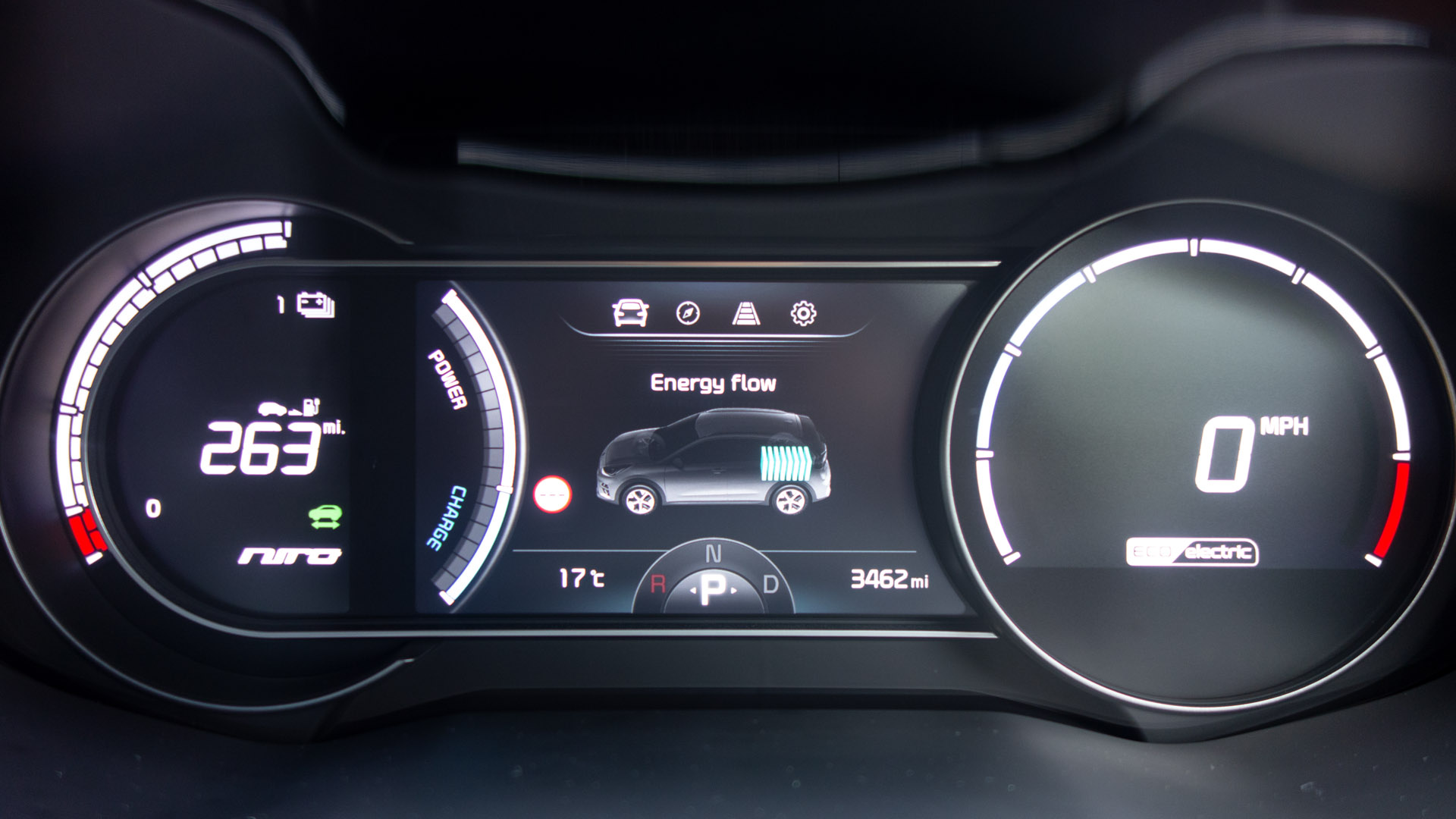
Read next: Audi A8 audio review: Is the Bang & Olufsen system worth it?
As standard, the e-Niro supports both Apple CarPlay and Android Auto. While these are a welcome sight, the automaker’s integration with the latter system isn’t impressive. Connected through a USB cable with a Samsung Galaxy S10+, the 10.25″ screen only utilises two-thirds of the display, whereby a third is rendered useless and replaced with an Android Auto logo, instead. This could of course change in an upcoming firmware update and if so, we’ll be sure to update this review.
To charge your smartphone, there are three USB slots, one in the centre console storage compartment, and another two by the dashboard. Oddly one of the latter ports is concealed behind a plastic latch; likewise with the vehicle’s 12V cigarette lighter, which can be found on the adjacent side of the said USB port. You’ll also find a Qi wireless charging pad, which will, as the name suggests, wirelessly charge a compatible smartphone. Oddly, however, there are no charging ports at the rear of the cabin nor in the boot; rear passengers will need to rely on power banks to keep their mobile devices topped up.
When it comes to wireless connectivity, the infotainment display accepts a Bluetooth signal, although it’s limited to the SBC codec, only. With it, you can wirelessly stream music to the in-car’s audio system. In the e-Niro 4 and 4+, there’s an 8-speaker JBL system, which comprises of a physical subwoofer located in the boot. If you’d like to know how it performs, watch our dedicated review of the audio system on YouTube.
On the subject of sound, Kia, much like its parent company Hyundai, has integrated a Virtual Engine Sound System (VESS) to alert pedestrians of the silent approach of the e-Niro. The front ‘grille’ houses the actuator that emits sound. Now while this is extremely useful and required for the SUV to abide by EU regulations, the frequency played is unpleasant, namely as it can be clearly heard within the cabin. After sitting in traffic for over 30 minutes, and continually projecting sounds, you might find yourself with a headache.
Think of it as a futuristic spaceship or the intro to THX-certified films – you can hear a demo of it via Hyundai’s website; as it’s the same with the Kona Electric. On the plus side, it can be fully disabled through a button located to the side of the steering wheel. Be mindful, however, blind or partially sighted pedestrians and guide dogs crossing inner-city roads in safety rely on sound cues – be vigilant.
Read next: MG ZS EV review: An affordable all-electric SUV
Kia e-Niro storage review
Being an SUV, the Kia e-Niro boasts a lot of usable storage space. There’s 451 litres in the boot and with the seats folded flat, it increases to 1,405 litres. A little larger than the comparable MG ZS EV that offers 448 and 1,375 litres, respectively. With an ample amount of space at the back, you can easily fit several large-sized luggage and a mountain bike without having to take off the wheels.
It’s refreshing to see an additional compartment under the boot floor, which reveals even more storage space to accommodate the vehicle’s charging cables and the boot’s retractable load cover.
Inside the cabin, there’s space by the centre console and a compartment within each of the vehicle’s four doors. At the back, however, the latter is limited to a 500ml bottle, only; there’s no additional space for a smartphone or tablet for example. On the plus side, there’s a retractable compartment behind both the front seats, allowing you to place some books and electronics.
Read next: MG ZS EV Exclusive audio review: Impressive 3D surround sound
Kia e-Niro comfort review
As for the vehicle’s five seats, they’re a little stiff; doing long-distance drives might be a little uncomfortable for some, but of course, your mileage may vary. Elsewhere, if you don’t intend to use the fifth seat at the back, it can be pulled down and served as an armrest that also has two cupholder spaces.
At the front, both seats are adjustable, where the driver’s side can be electronically altered. It’s unfortunate that the former seat can’t be moved with such ease – an area that some might feel is Kia’s means of cost-saving.
Find the best Kia e-Niro deals
When it comes to headroom and legroom, the Kia e-Niro is plentiful; 6-foot (182cm) individuals will fit with ease or those even taller won’t feel hemmed in, either.
Elsewhere, the cabin is well insulated providing for a serene driving experience, especially at low speeds. In fact, the only real audible sound when sat in the driver’s seat is the VESS that only operates at lower speeds. Turn onto a motorway, and the SUV still keeps road noise down to a minimum; only a small amount of tyre noise creeps in. In comparison, the MG ZS EV suffers from more noise due to wind deflecting off its A-pillars and tyre noise sounding more noticeable.
Read next: Extreme E: The electric off-road racing series
Kia e-Niro performance review
The SUV’s roomy interior would lead you to think that this car is sluggish and hard to manoeuvre, but nothing could be further from the truth. The Kia e-Niro’s steering wheel is extremely lightweight and makes manoeuvring this 1,812kg vehicle a breeze, all while feeling connected with the car’s front axles. You feel in control at all times.
This is aided by the 64 kWh Li-ion polymer battery pack being housed within the underfloor of the e-Niro’s chassis. It all leads to a lower centre of gravity, making the SUV feel planted to the ground when driving on country roads at speed. The only adverse effect is that Kia’s SUV isn’t as smooth over non-electrified SUVs. The somewhat stiff suspension, which is in place due to the vehicle’s heavier kerb weight, makes for a little bumpier ride when presented with a road with potholes and speed bumps. With all that said, it’s still more comfortable to drive over the fully electric MG ZS EV.
Cornering aside, the e-Niro is also easy to park. Due to having both front and rear parking sensors, and a rearview camera, albeit not of the highest resolution, parallel parking is simple and reversing into a bay is uncomplicated. Visibility out the back and sides is excellent, too.
Pop the Kia e-Niro into Drive, and you’ll find the SUV is no slouch in this domain, either. With a total of 150 kW (201hp) of power, its permanent-magnet AC (PMAC) synchronous motor propels the car forwards to 60mph in under 7.5 seconds with a max torque of 395 Nm. Top speed is limited to 104 mph, however, so you won’t be able to drive any faster on the German Autobahn.
Buy a car phone mount on Amazon (Affiliate)
Nonetheless, the vehicle’s accelerator pedal is very responsive, namely in Sport mode. Despite its name, no matter which driving mode you choose, the Kia e-Niro manages to last over 260 miles on a single charge. Normal, Eco and Eco+ are the other three driving modes which can help you achieve that figure with even greater ease in mixed driving.
Here, within inner-city drives, you’ll be looking nearer the manufacturer’s 282-mile claimed range. In many ways, this is exactly what you’d want when sitting behind the wheel of a new electric car – there’s no range anxiety with the Kia e-Niro.
In the ‘4’ and ‘4+’, it even goes a step further: Hyundai and Kia’s heat management cleverly utilises heat that’s dissipated from the vehicle’s battery pack to warm the cabin – of course when it’s needed, only. In comparison to other EVs that feed off their battery pack, the e-Niro, like the Kona Electric utilise unwanted heat to match the SUVs’ range in winter climates as one would expect during the summer season. Marvellous.
Read next: Volkswagen e-up! review: A bite-sized electric car
To help recoup energy back into the vehicle’s large 64 kWh battery pack, there are three levels of regenerative braking to choose from: level 1, 2, and 3. The latter is enabled by default, and if you’d prefer to drive without them, it can be entirely disabled. To flick between the modes, the flappy paddles on the steering wheel provide for an intuitive experience – the left paddle makes the car stop quicker, and right one decreases it; combustion-engine-like behaviour.
After finally having depleted the battery, the Type 2 and CCS port at the front of the vehicle allows you to replenish its cells. Given the sheer size of the battery, it’ll take 54 minutes to charge till 80% on a DC 100 kW charger; DC 50 kW charger will take 1 hour 15 mins; three-phase AC 11.5 kW, seven hours (only available on the 4+); 9 hours 35 minutes on an AC 7.2 kW charge point, and a whopping 29 hours via a regular 3-pin plug.
Elsewhere, the Kia e-Niro boasts a plethora of safety features, such as: Forward Collision-Avoidance Assist (FCA), Lane Keep Assist System (LKAS), Lane Follow Assist (LFA), Hill-start Assist Control (HAC) and Adaptive Smart Cruise Control Function (SCC) – all of which make the Kia e-Niro a safe haven and gives its occupants peace of mind.
Read next: Lotus Evija: First look at the all-electric British hypercar
TotallyEV’s verdict on the Kia e-Niro
Truthfully, it’s quite hard to pick out flaws of the Kia e-Niro. Considering its closest rival is from its parent company, Hyundai, with the Kona Electric, it’s near-impossible to think of a better all-electric SUV that doesn’t break the bank; of course, there’s the fantastic MG ZS EV, but that won’t offer the same premium experience nor extended all-electric driving range.
Find the best Kia e-Niro deals
On the whole, the Kia e-Niro combines style and performance into one comprehensive package, but also manages to excel in practicality and driving range – two fundamental aspects holding some consumers back from investing in an EV. As a result, the Kia e-Niro receives TotallyEV’s coveted Best Buy award.
Would you still suffer from range anxiety with the Kia e-Niro’s 282-mile range? Let us know in the comments below or via social media; we’re on: YouTube, Instagram, Facebook, Twitter and LinkedIn.

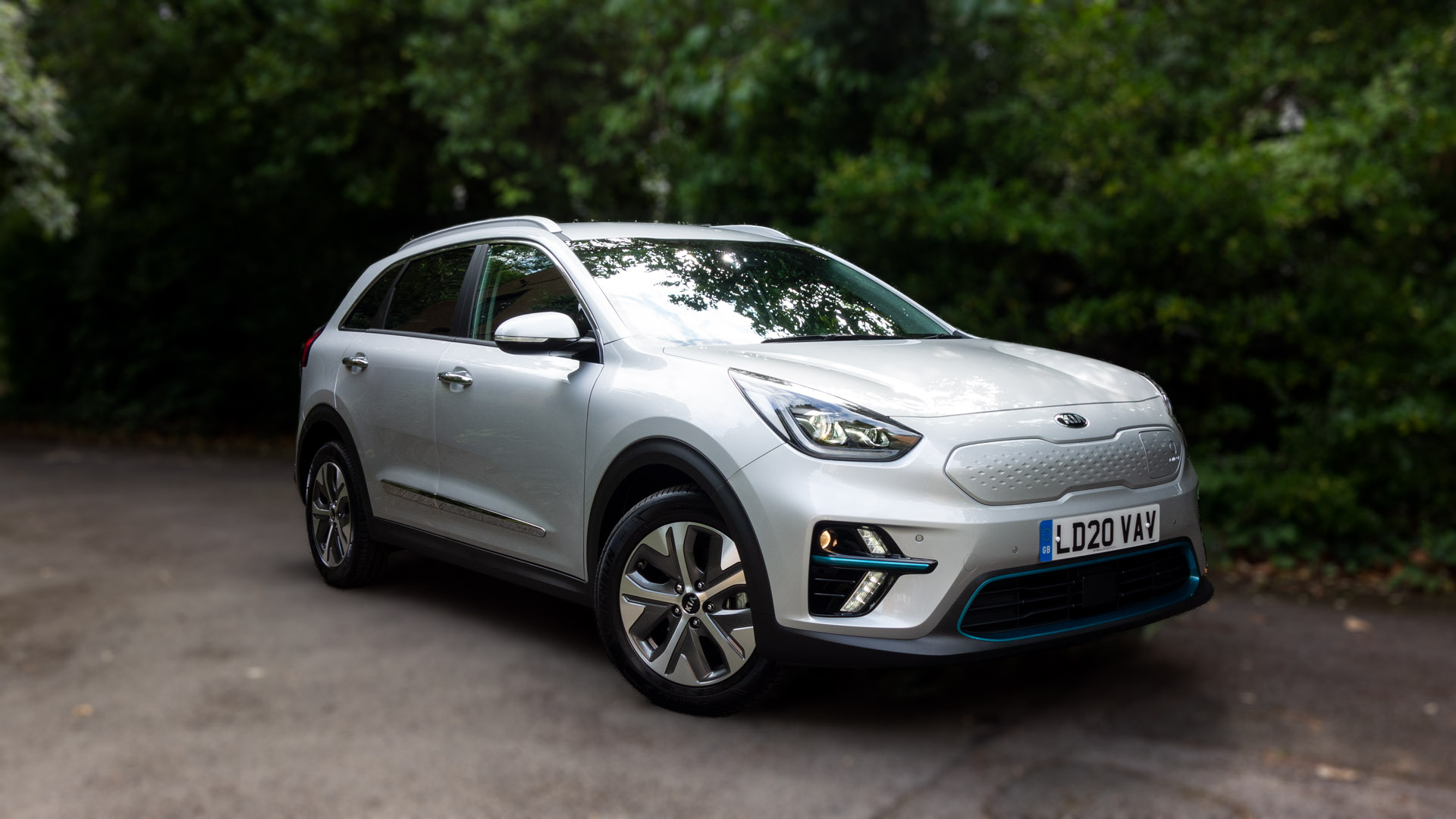
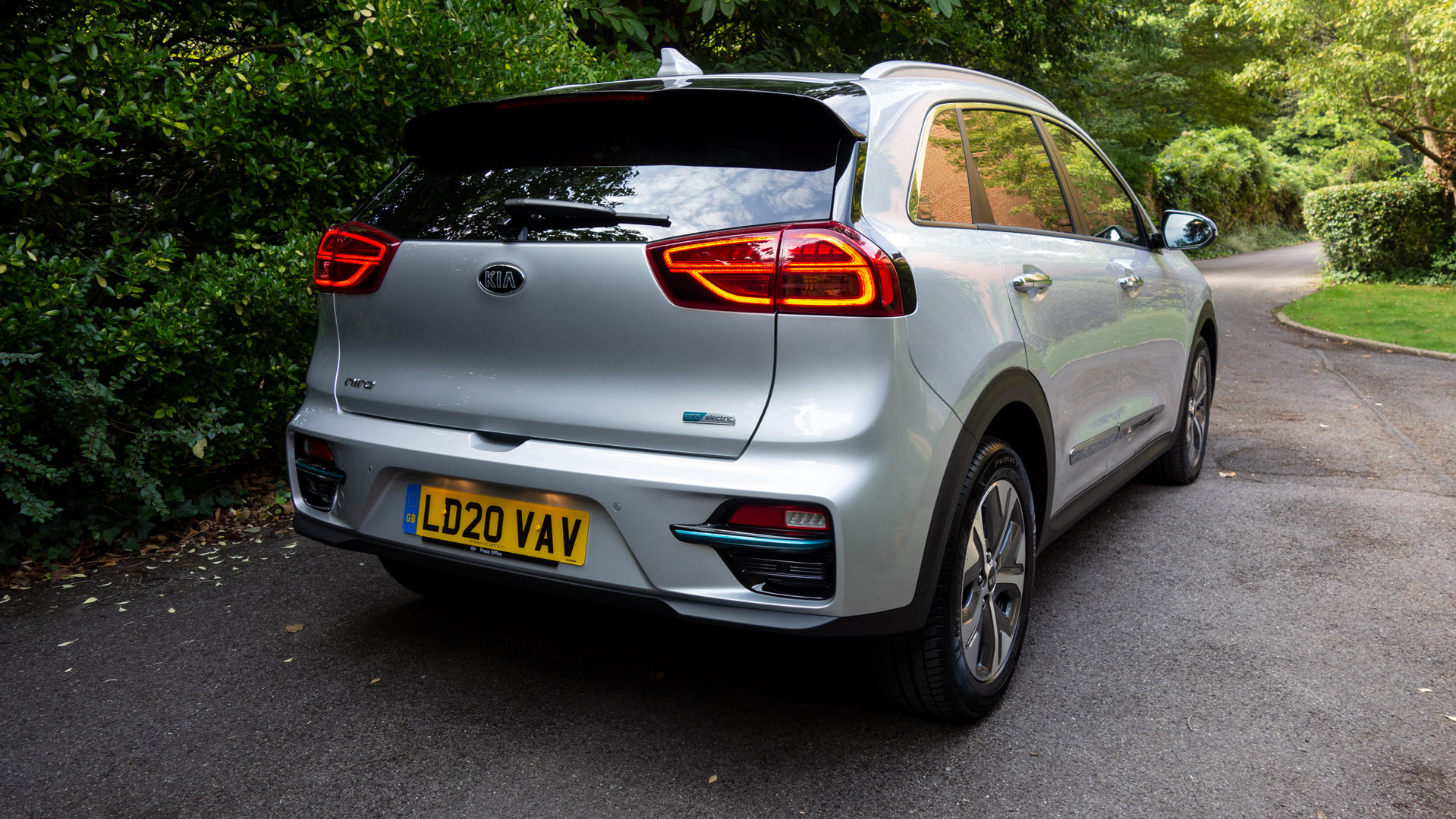
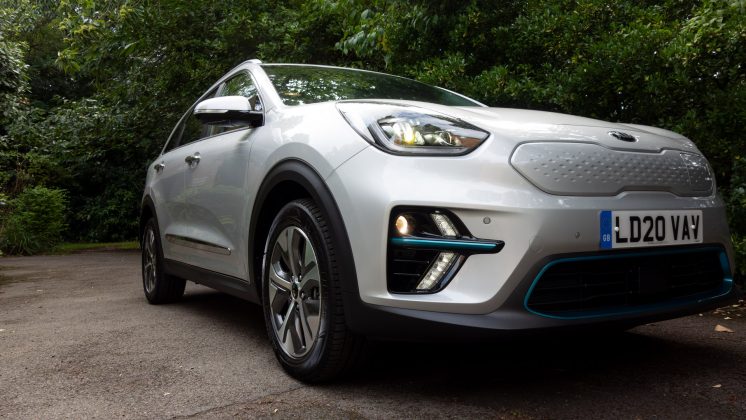
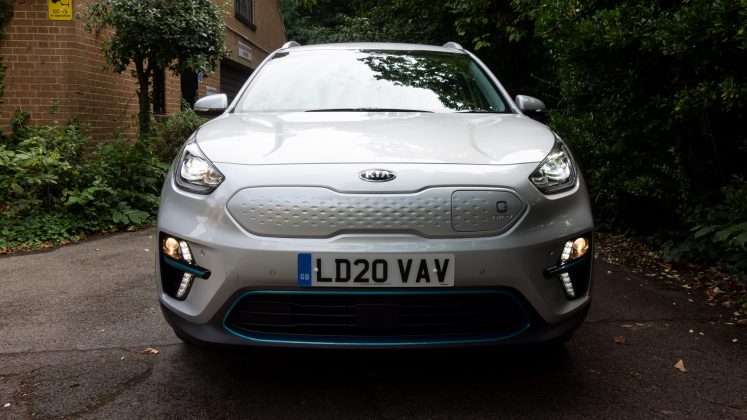
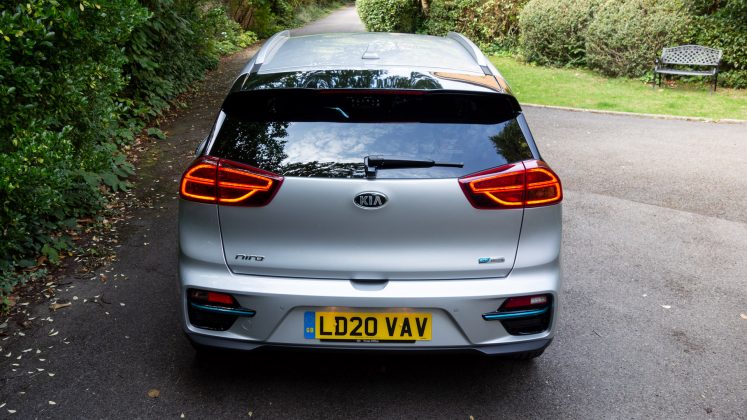
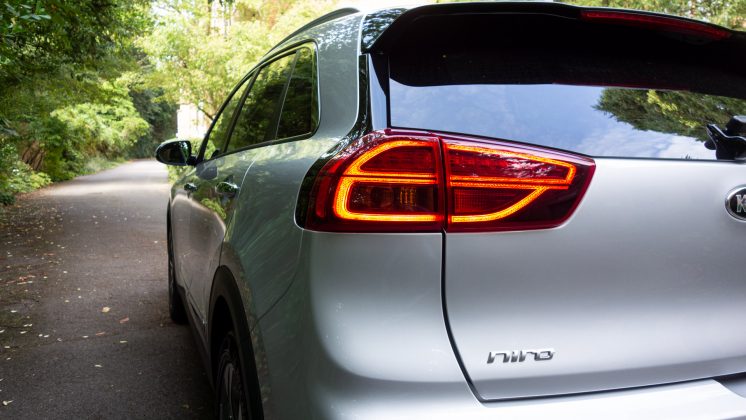
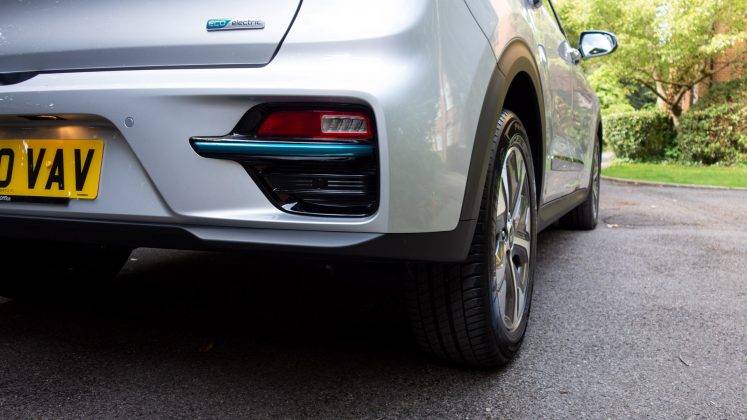
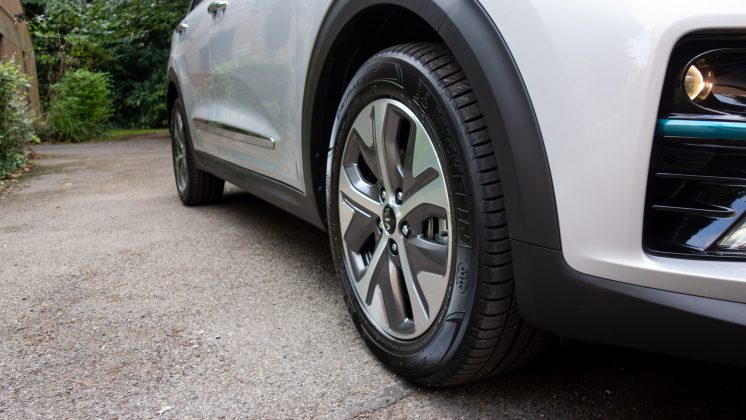
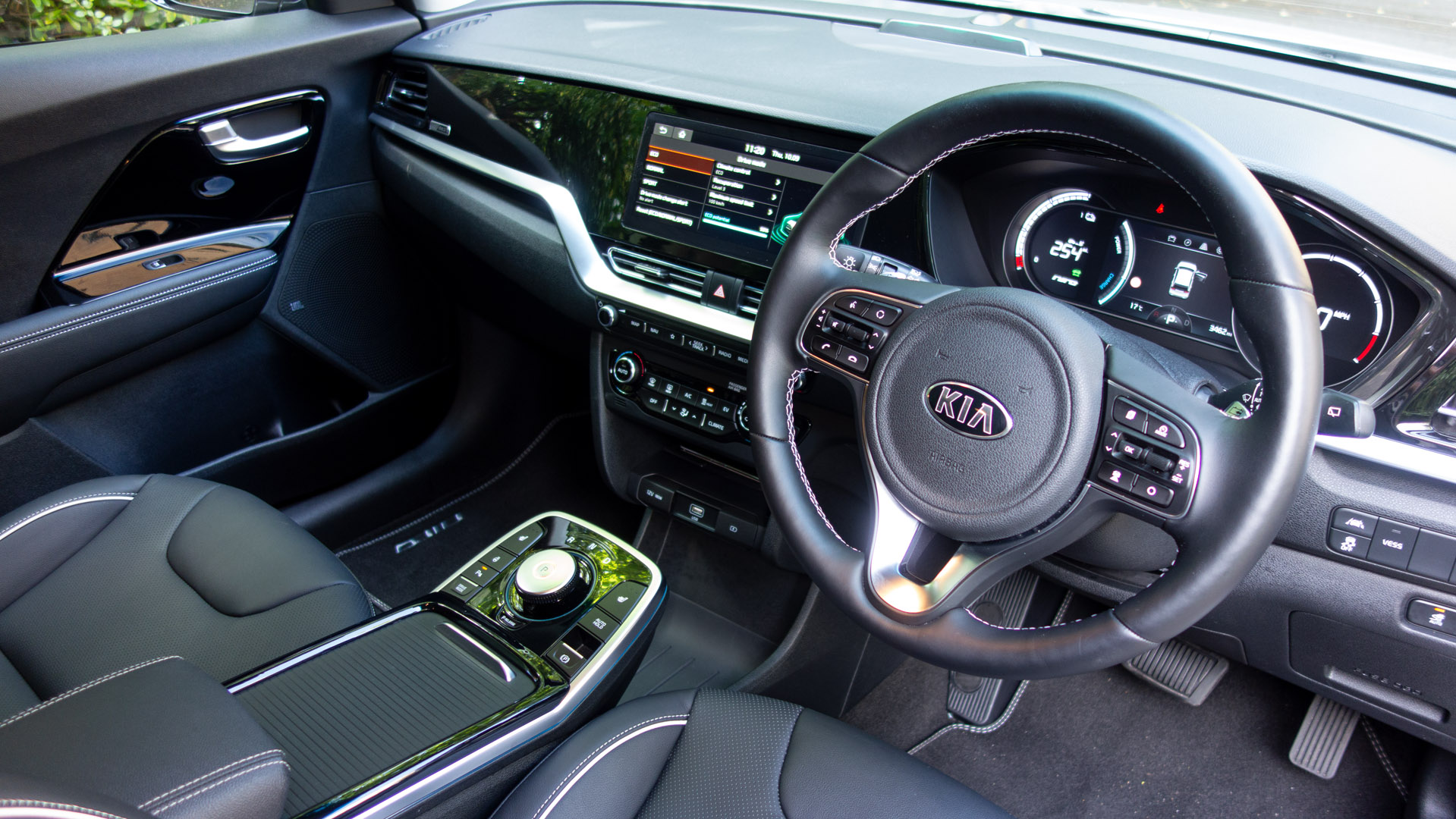
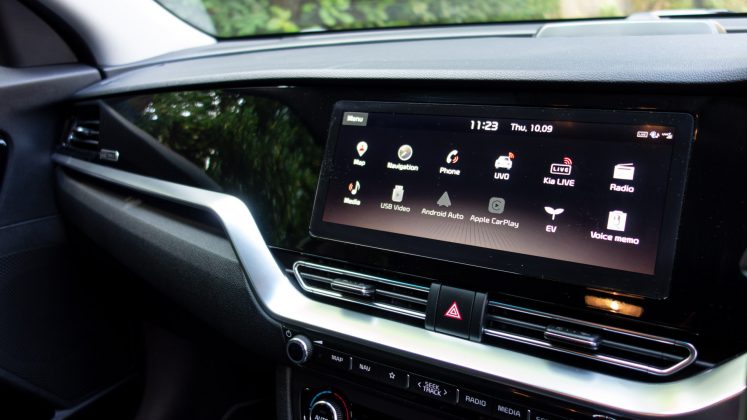
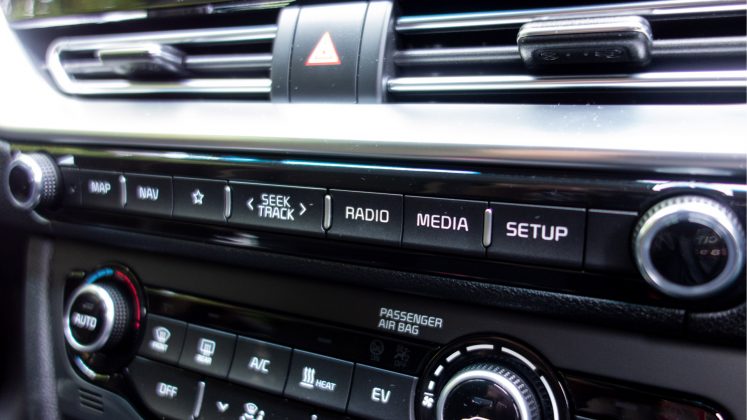
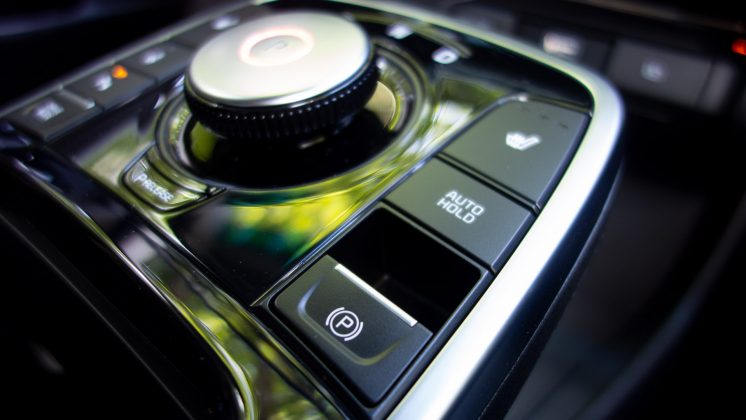
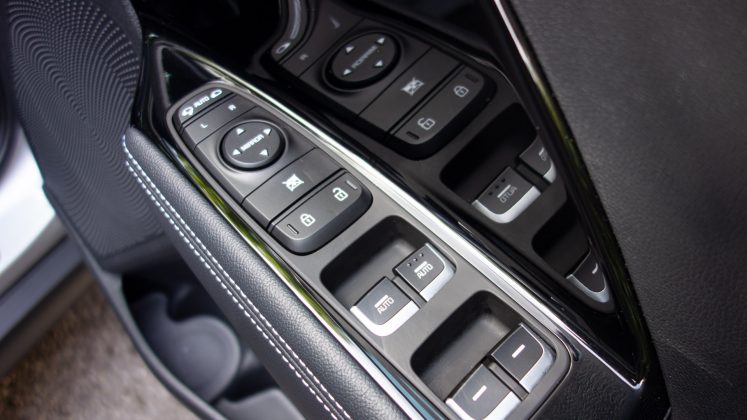
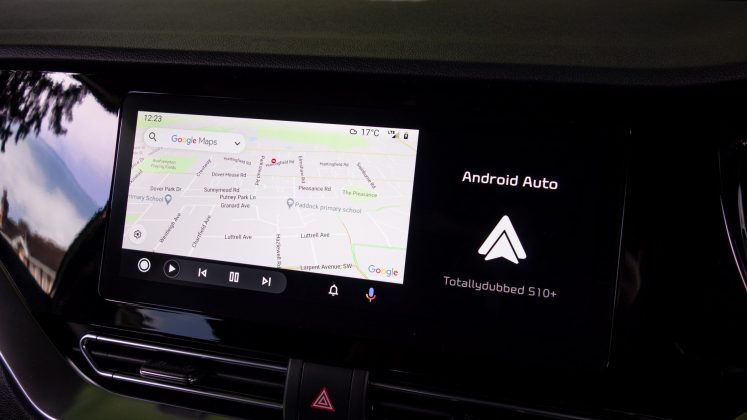
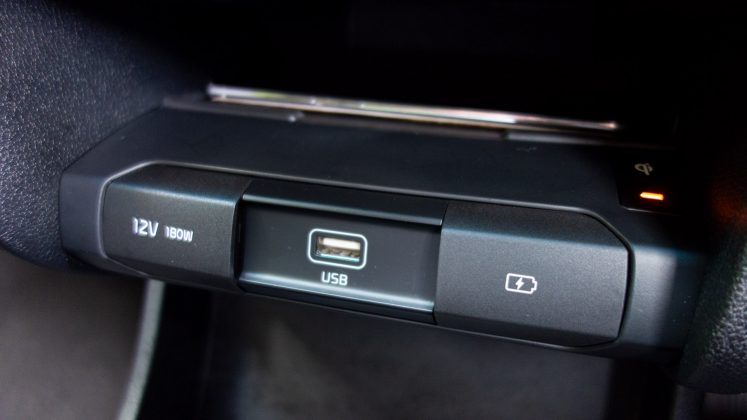
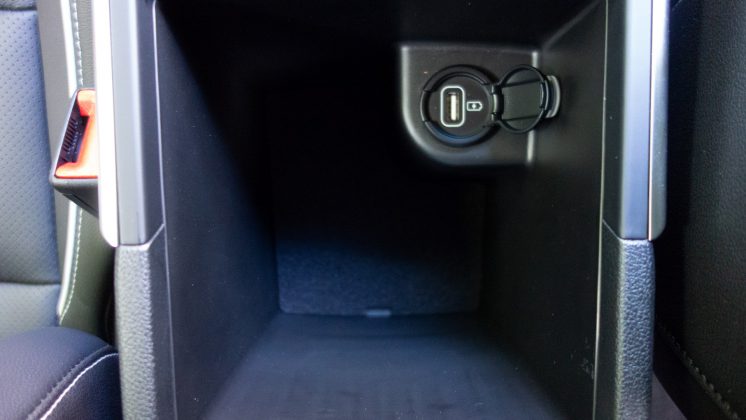
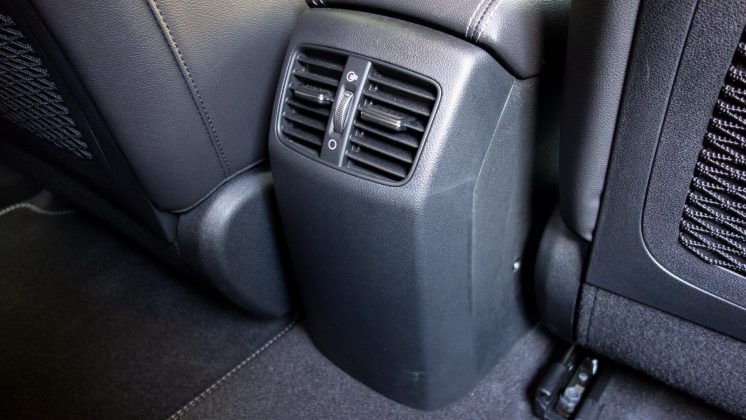
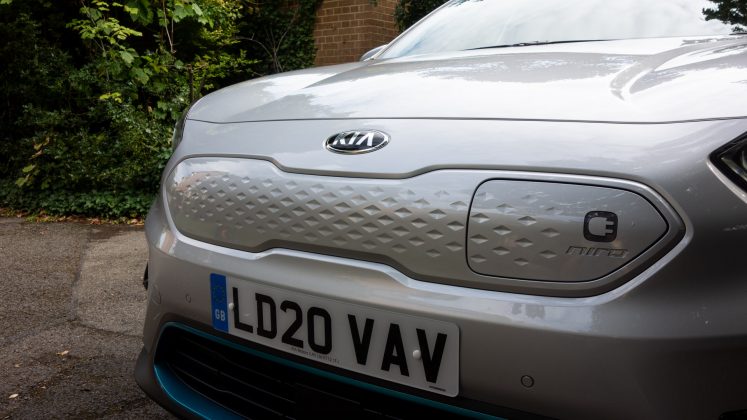
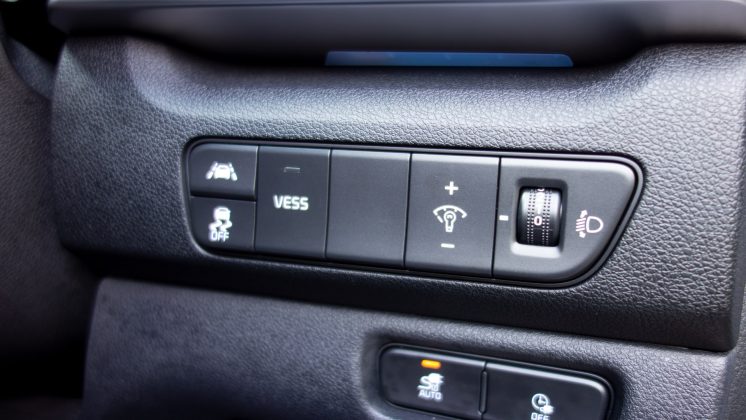
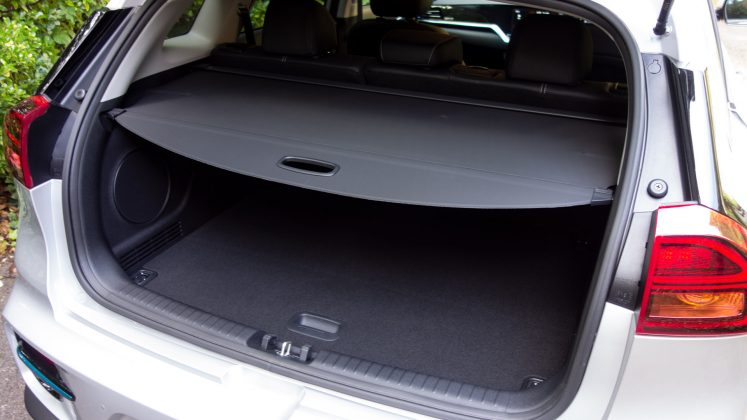
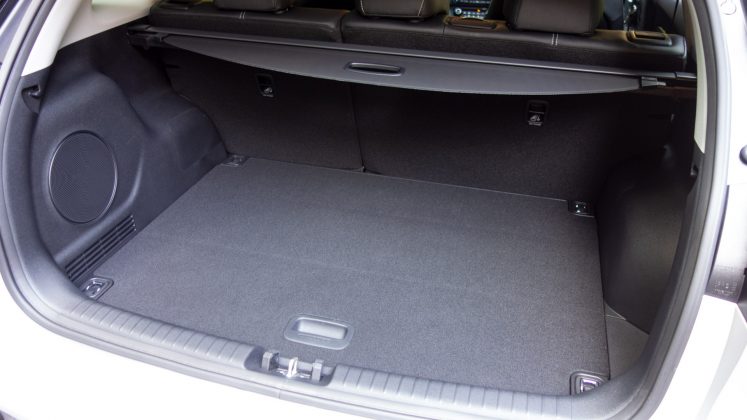
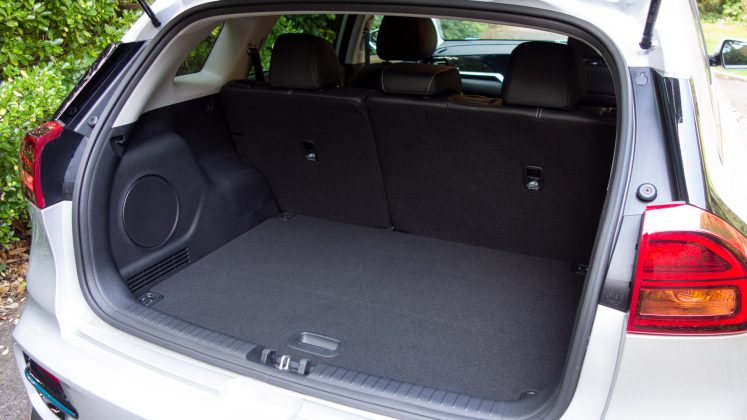
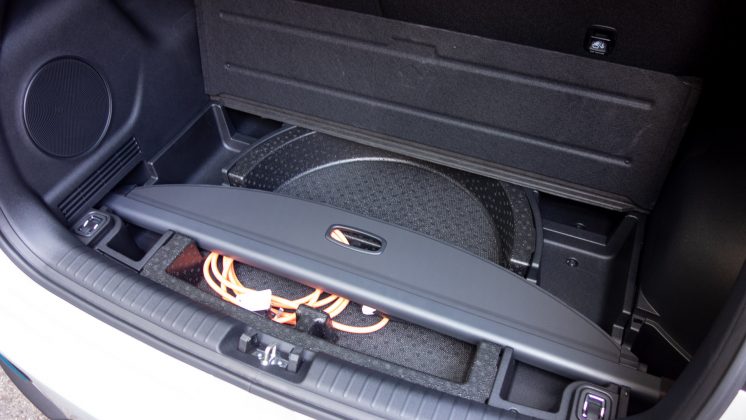
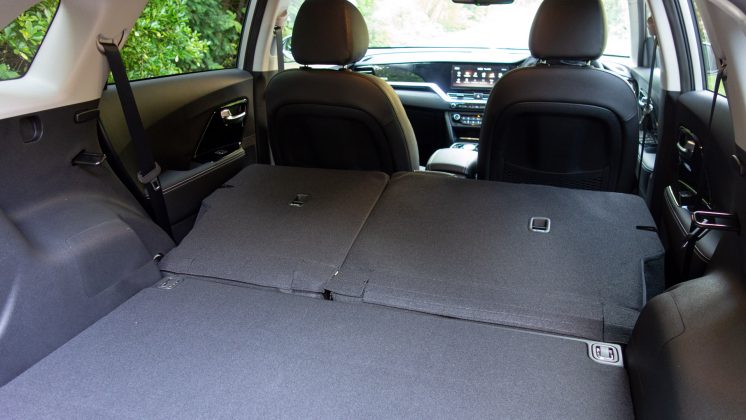
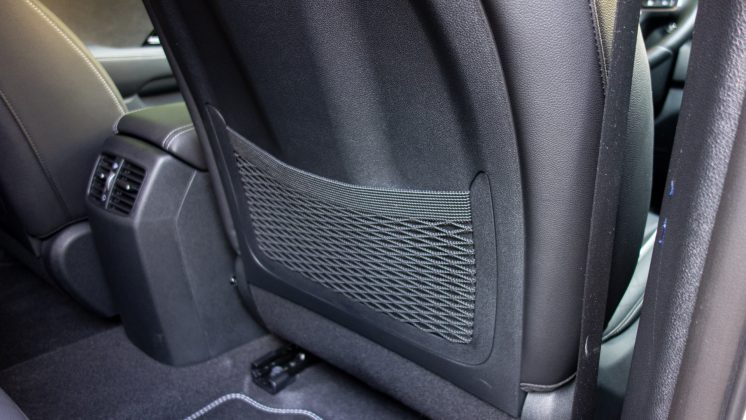
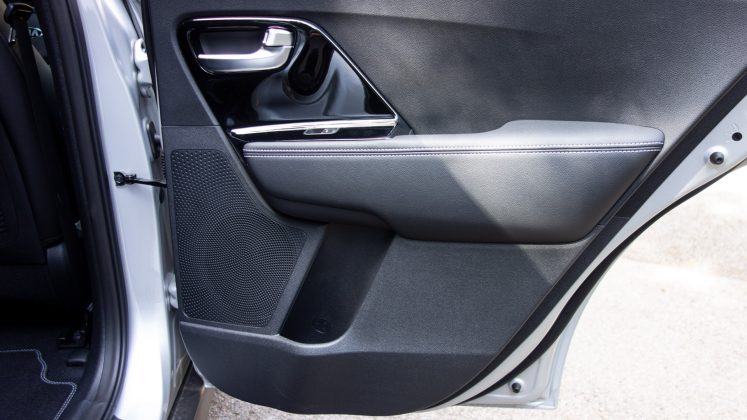
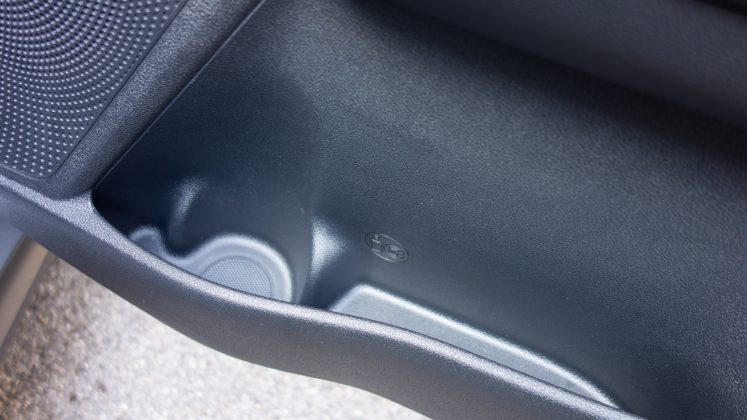
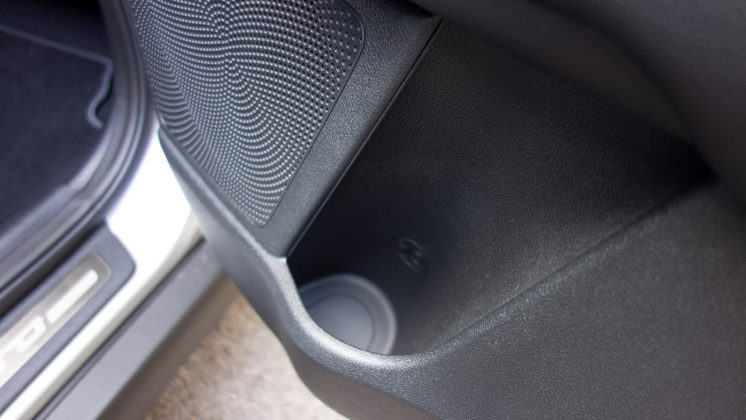
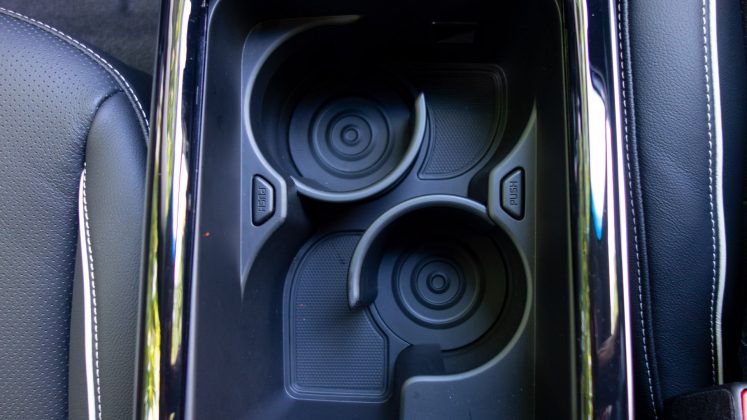
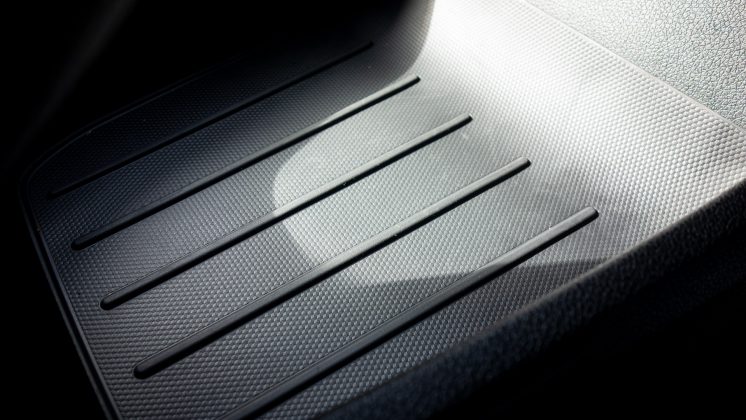
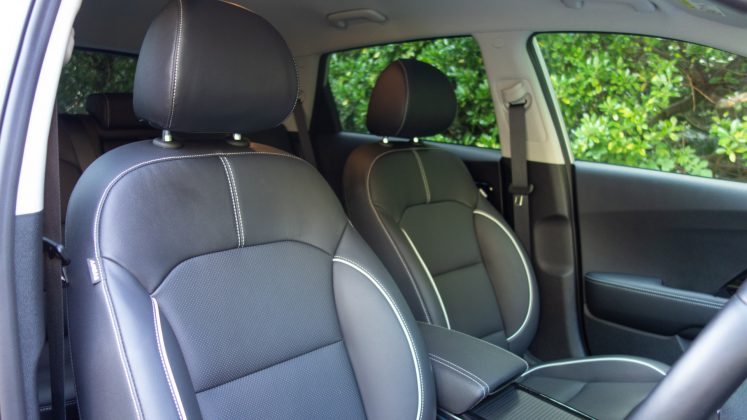
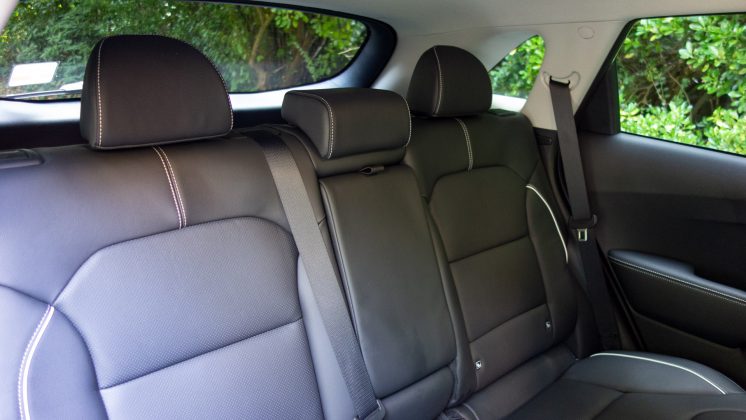
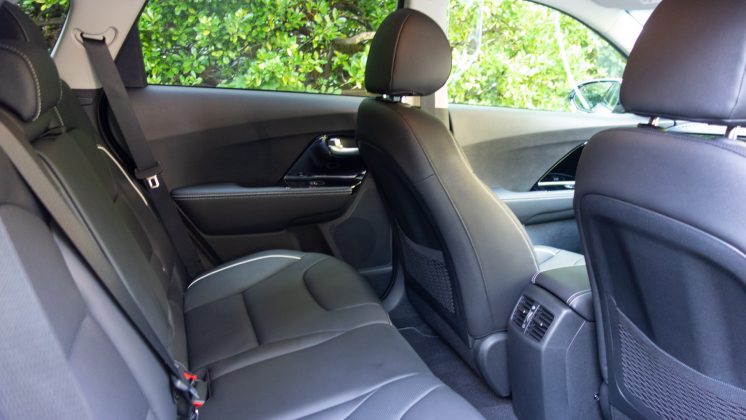
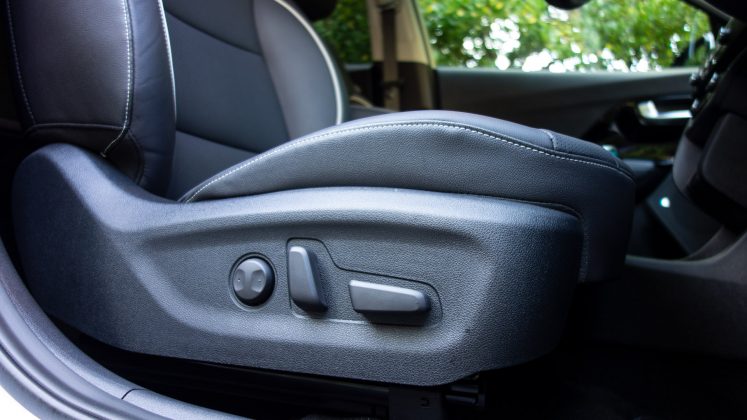
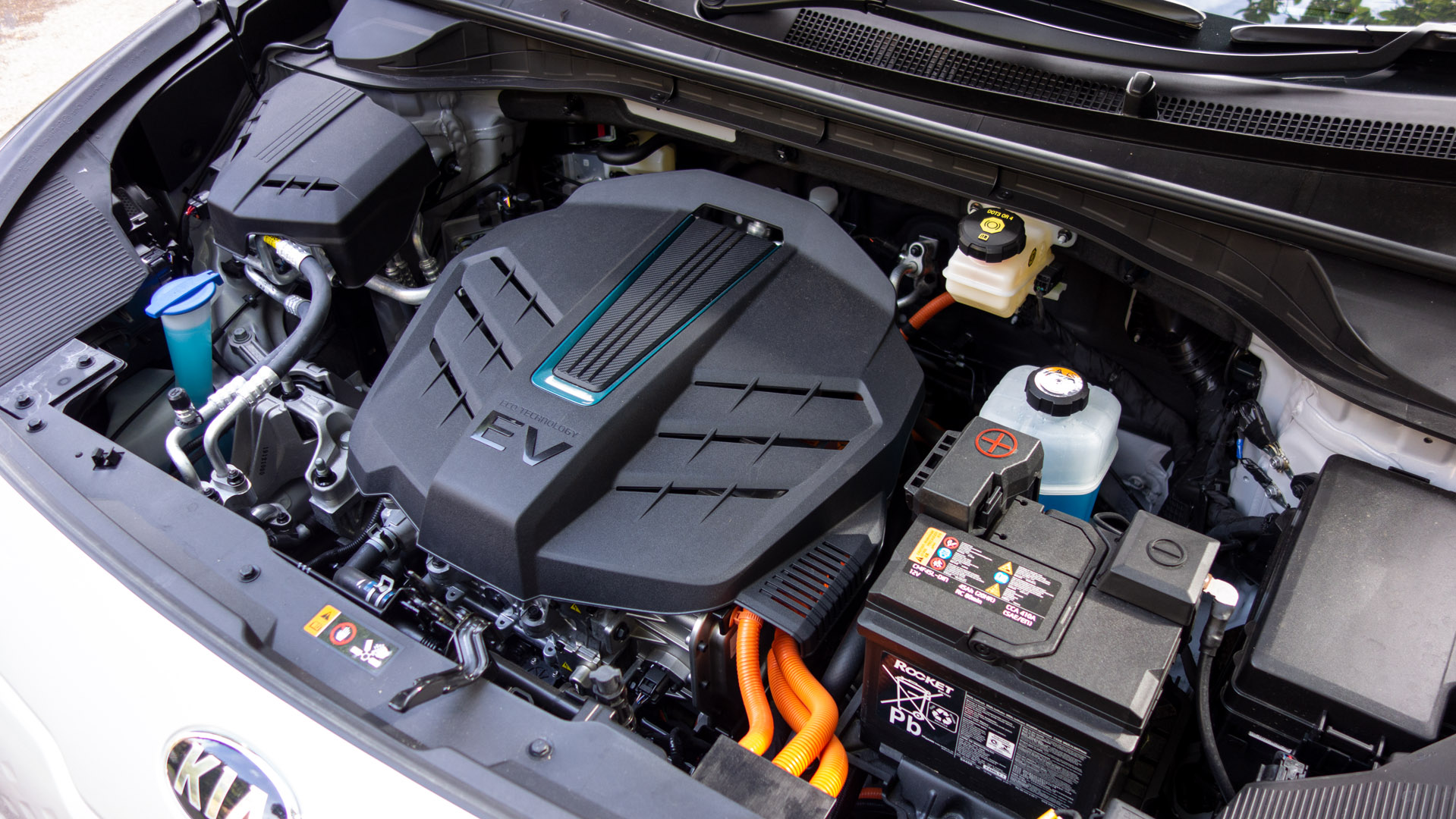
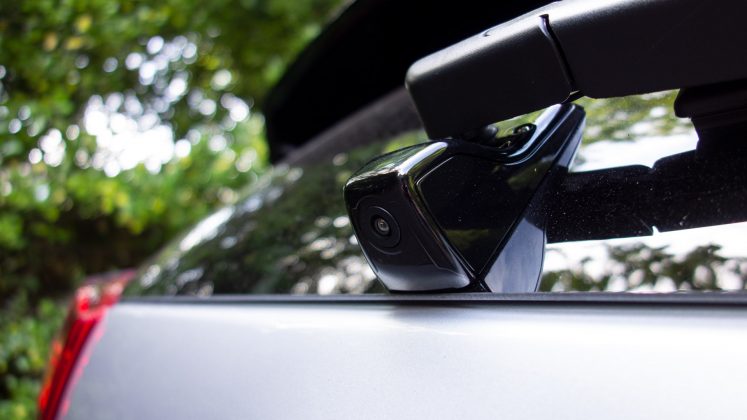
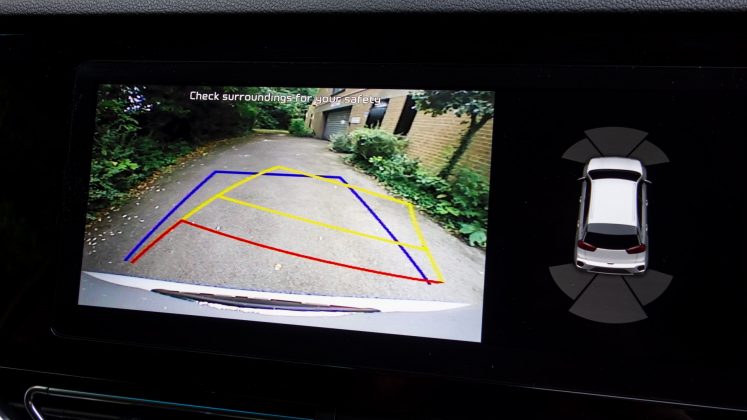
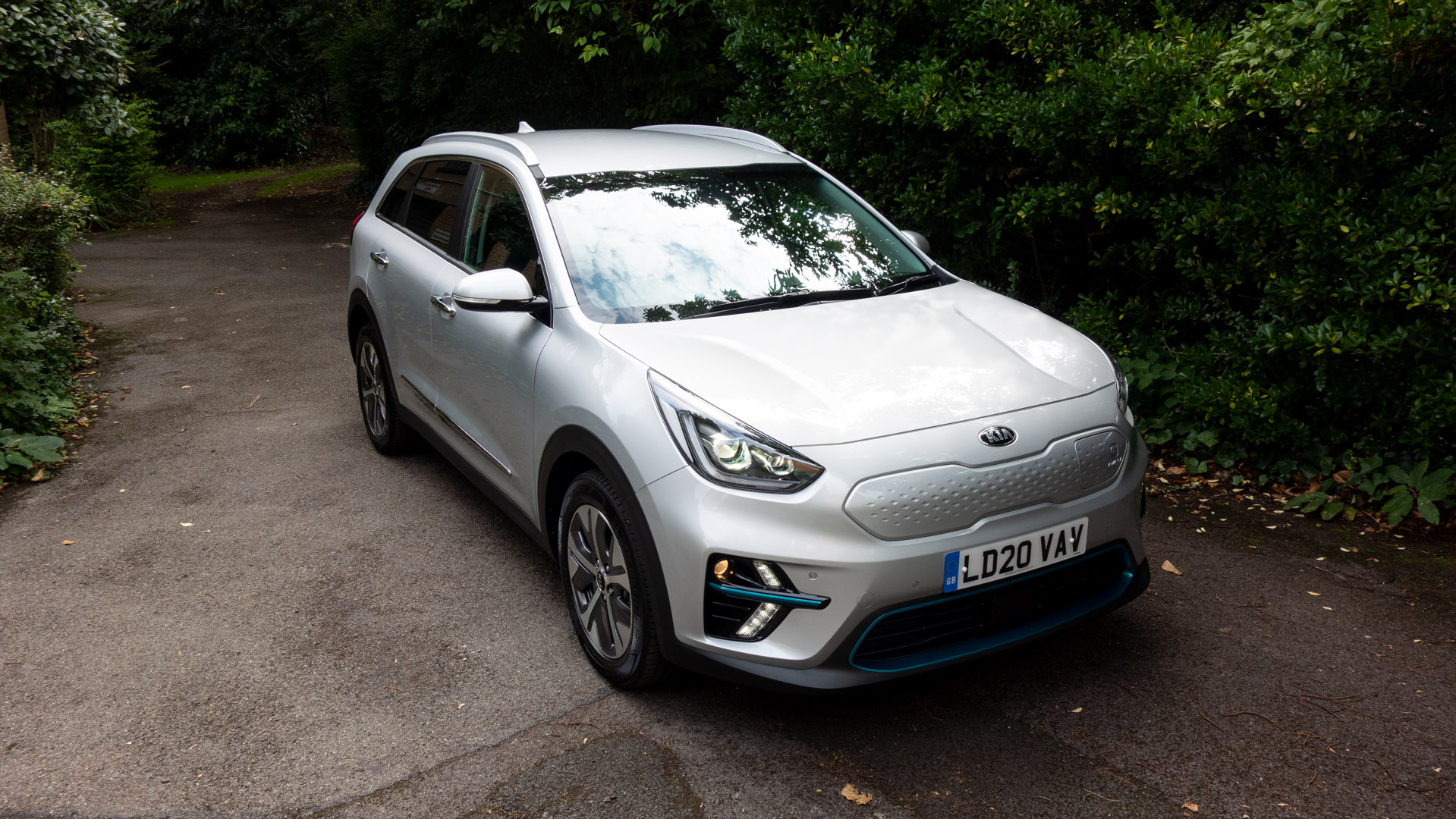
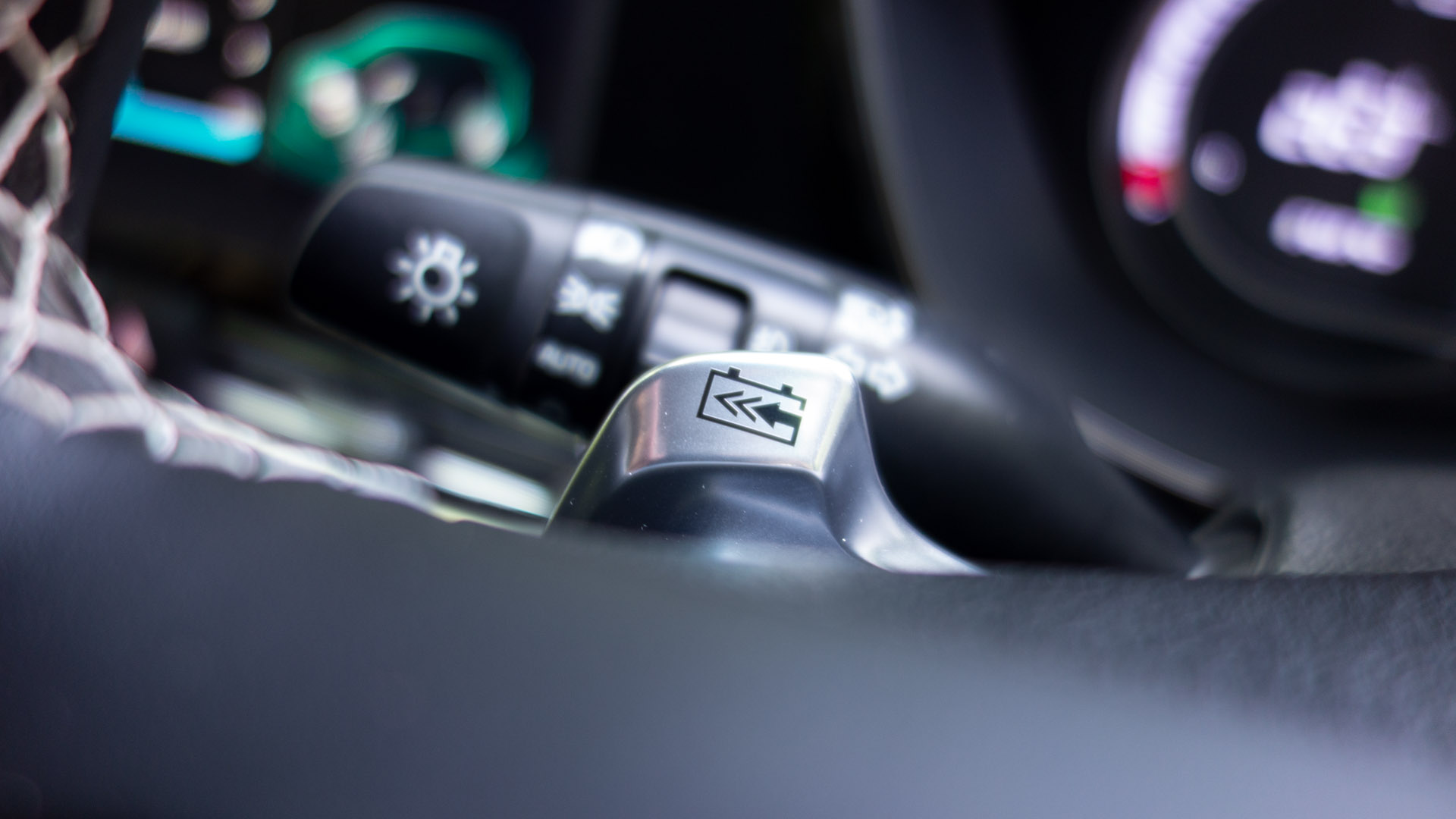
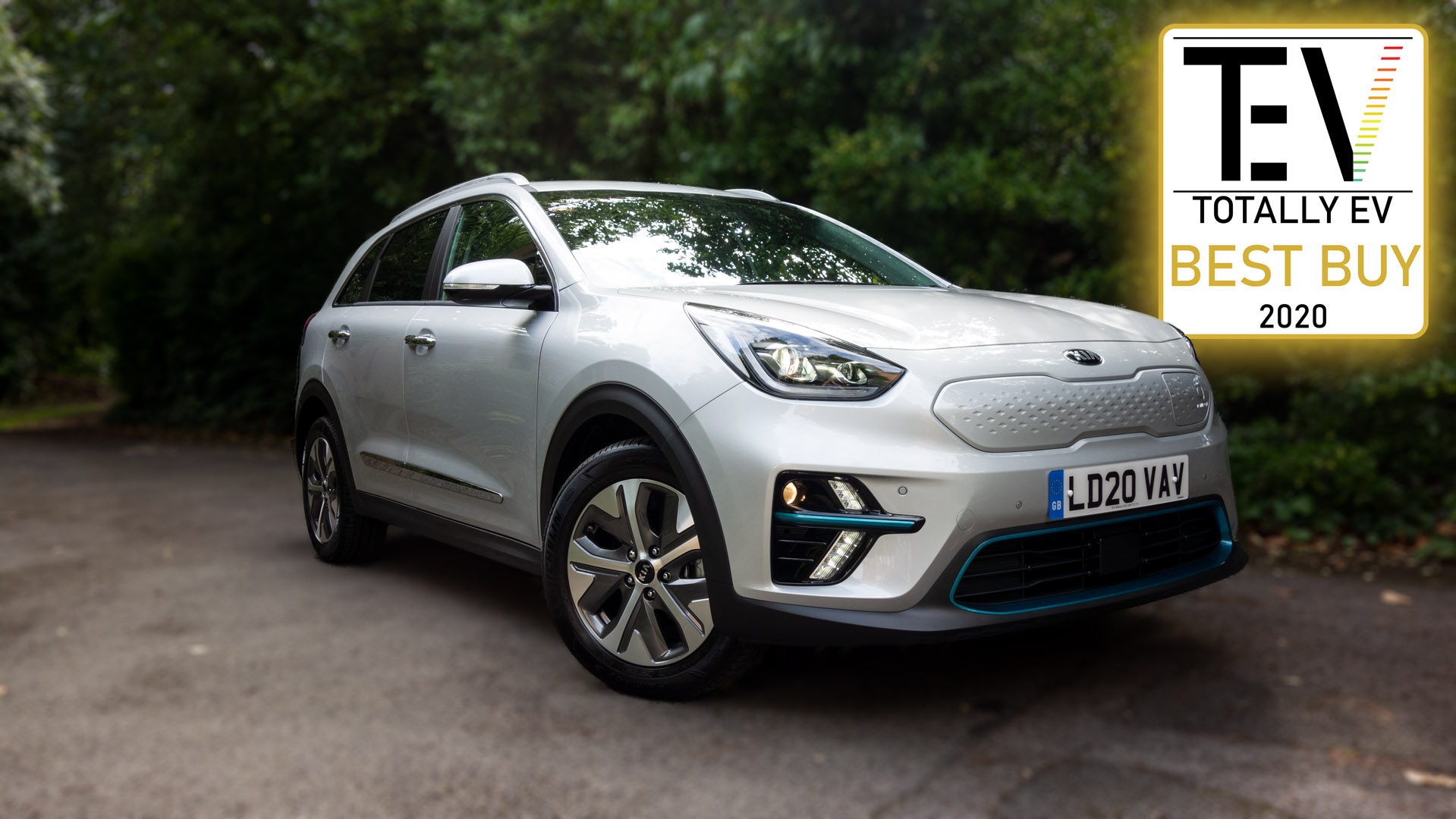




I live in the US and have had the Niro EV since June of 2019. My car maxes at 280 miles when fully charged. I have loved this car and it is significantly cheaper than my other electric vehicle which is the BMW i3s.
Amazing, thanks for sharing from across the pond!